Loading
Gunbower Forest Floodplain
Gunbower Forest
Gunbower Forest spans 20,000 hectares along the Murray River floodplain near Cohuna, downstream from Echuca.
STORY: GUNBOWER'S SPECIAL SAUCE
As an internationally important wetland it includes one of the most significant remaining areas of river red gum forest in Australia. It is also Australia’s largest inland island, bounded by the Murray to the north and Gunbower Creek to the south.
The forest is home to many endangered plants and animals, such as the giant banjo frog and the intermediate egret. It contains numerous sites of Aboriginal and post-settlement cultural heritage. These sites indicate peoples ‘strong connection to the forest, both historically and today.
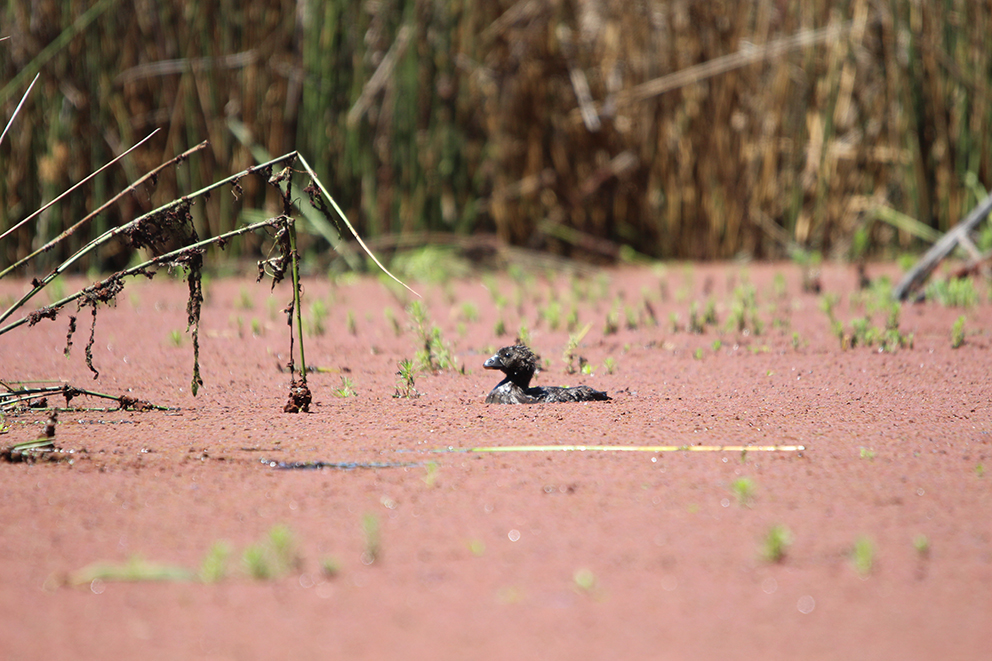
Recreational activities, such as camping, kayaking, fishing, riding and bushwalking are very popular throughout the forest.
The North Central Catchment Management Authority's mission for Gunbower Island is to maintain and improve Gunbower Island by enabling native plants and animals to flourish, restoring the floodplain's health for future generations.
Watering of the forest
The Flooding for Life project aims to restore regular flooding to Gunbower Forest.
Without the ability to deliver large volumes of environmental water, many of the rare plants and animals of Gunbower Forest will disappear.
The Flooding for Life project incorporates a combination of environmental watering, engineering works, monitoring, indigenous partnership programs and community engagement.
STORY: GUNBOWER'S SPECIAL SAUCE
The pattern of the Murray River's flow is no longer natural. It is highly controlled through the placement of dams and weirs along its length.
Regulation of the Murray River has meant that fewer floods occur and, when they do, less water breaks the river's banks and reaches Gunbower Forest. This has impacted on the diverse plant and animal life throughout the forest.
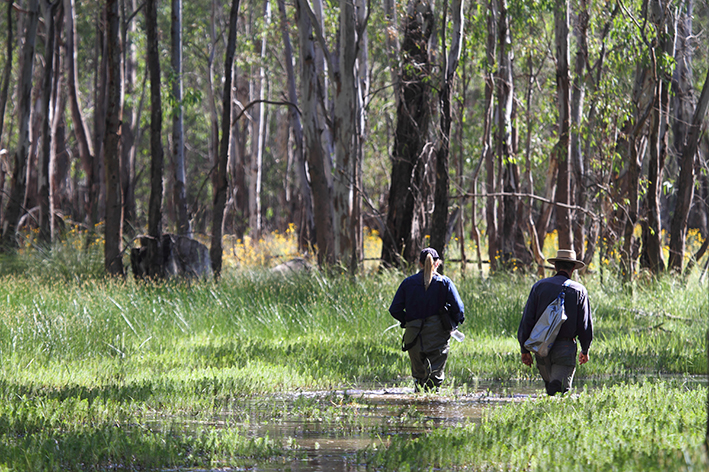
Since 2003, managed floods, using environmental water, have been delivered to Gunbower Forest stimulating many of the environmental benefits of natural floods.
The water provides a refuge for waterbirds and fish in an otherwise parched landscape. It enables wetland plants to complete their lifecycle and replenish their seed banks, improving their resilience.
For further information on how the forest is managed with water for the environment, please go to the Gunbower Forest Environmental Water Management Plan.
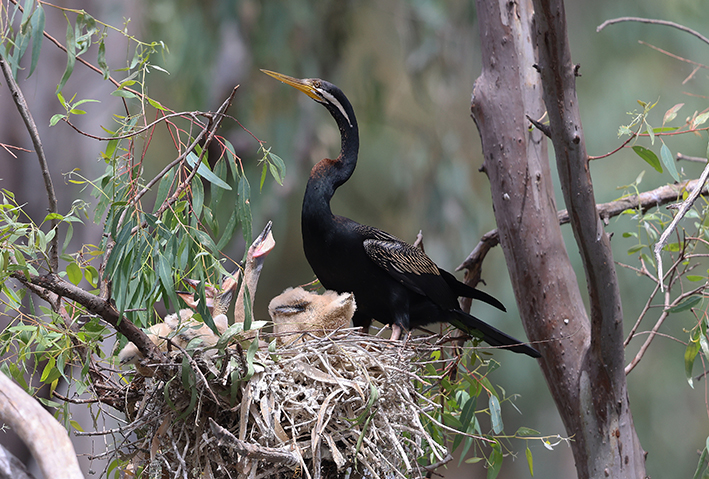
GUNBOWER FOREST FLOODPLAIN FLOW
Did you know some juvenile waterbirds need to eat the equivalent of almost one hamburger a day when they leave the nest to survive to breeding age?
With the 2022 unregulated flows supporting significant breeding events in Gunbower Forest and across the northern wetlands, that’s an order even the busiest Cohuna takeaway shop would struggle to fill.
Waterbird surveys over spring and summer conservatively recorded more than 1,000 juvenile waterbirds in Gunbower Forest, most of which hatched within the forest, and a further 5,000 adults across more than 30 species.
FAQs: 2023 FLOODPLAIN WATERING
Kayaking on the Gunbower Forest Floodplain
Latest Community Update
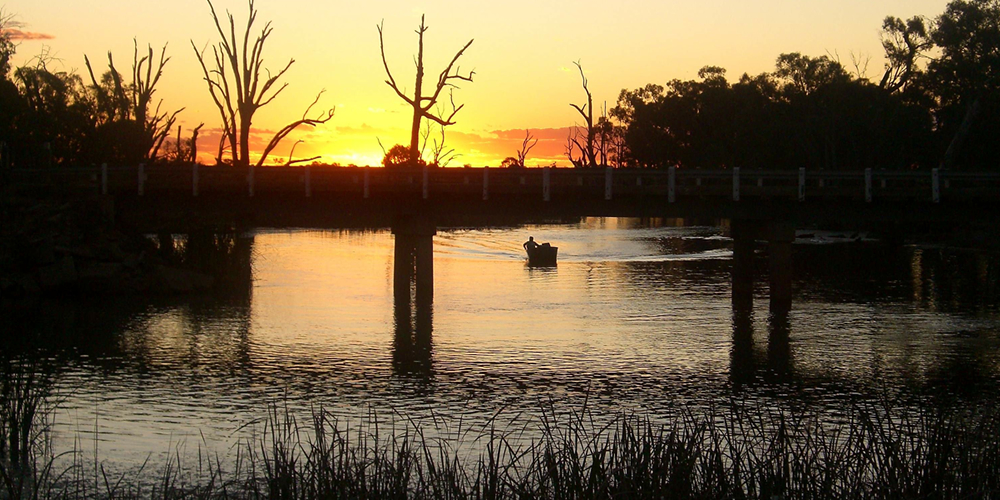
FLOODING FOR LIFE NEWSLETTER
The community plays a vital role in the Flooding for Life project. We keep them up to date with the latest news from inside the forest and inside the project through our Flooding for Life newsletter
- Edition 25 - Summer 2020
- Edition 24 - Spring 2019
- Edition 24 - Winter 2019
- Edition 23 - Autumn 2019
- Edition 22 - Summer 2019
- Edition 21 - Winter 2018
- Edition 20 - Autumn 2018
- Edition 19 - Summer 2018
- Edition 18 - Spring 2017
- Edition 17 - Winter 2017
- Edition 16 - Autumn 2017
- Edition 15 - Spring 2016
- Edition 14 - Winter 2016
- Edition 13 - Autumn 2016
- Edition 12 - Summer 2016
- Edition 11 - Spring 2015
- Edition 10 - Winter 2015
- Edition 9 - March 2015
- Edition 8 - December 2014
- Edition 7 - September 2014
- Edition 6 - May 2014
- Edition 5 - February 2014
- Edition 4 - September 2013
- Edition 3 - June 2013
- Edition 2 - March 2013
- Edition 1 - November 2012
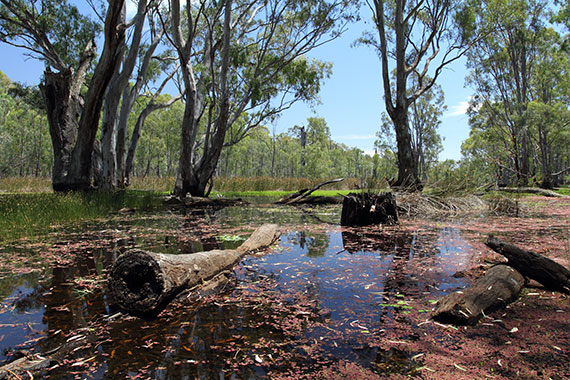
ADDITIONAL INFORMATION
There is so much more to know about Gunbower Forest. You can start here.
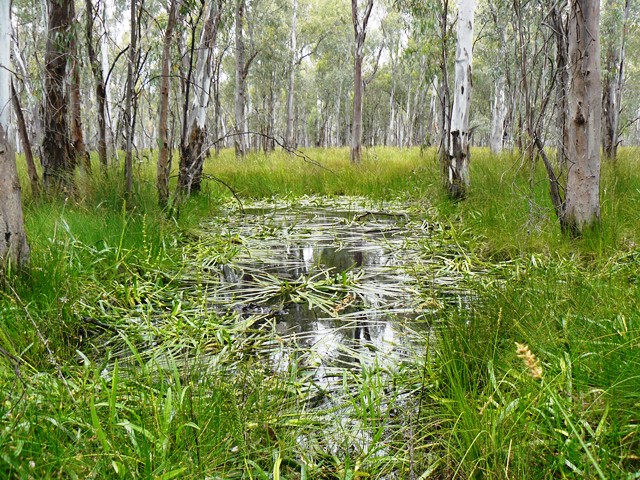
ENVIRONMENTAL WORKS
Environmental works enable more efficient use of environmental water and include engineering works like flow control regulators, pipes and pumps.
Engineered approaches of this kind can allow us to deliver water to wetlands and floodplains, even in the worst droughts.
These works can achieve similar environmental benefits to a natural flood, using much less water.
